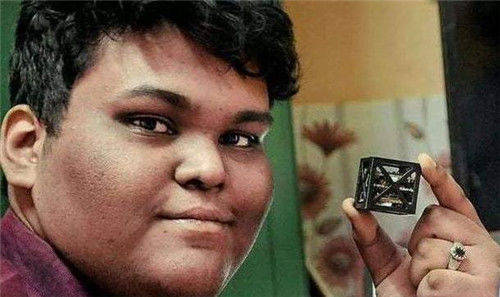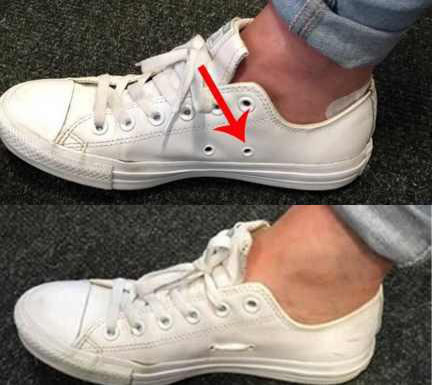An 18-year-old Indian boy has designed and built the world’s lightest satellite, named KalamSat. The National Aeronautics and Space Administration (NASA) plans to launch it into orbit in June.

An artificial earth satellite is an unmanned spacecraft that operates similarly to a natural satellite and has a fixed orbit around the Earth. It is mainly used for scientific exploration, weather prediction, communication, tracking and navigation. However, although satellites are powerful, few countries in the world can build them, especially in terms of launch. By the end of the 20th century, the only countries with independent satellite launch capabilities were the United Nations’ five permanent members, Japan, Israel and India. Among them, the news that India built the “world’s smallest satellite” three years ago once attracted worldwide attention.
Generally speaking, artificial satellites are divided into three types: large, medium and small. The weight of large satellites is basically more than 1000KG, while the weight of rice-grain satellites among small satellites is usually less than 1KG. Therefore, in order to show the high-end of technology, countries around the world are working hard to reduce the size of satellites, especially the United States and India. In 2017, the Indian media released a piece of news: the world’s lightest artificial satellite was independently designed and manufactured by an 18-year-old genius.
This artificial satellite is only 64g, about the size of an egg, and can hardly feel the weight in your hand. The designer is Rifath Sharook, who was born in Tamil Nadu. His family is a high caste in India and has a strong cultural background and economic foundation. Therefore, Rifath Sharook has received a high-level education since he was a child. He can make study plans according to his own interests and hobbies. As long as it is in the field of interest, both his family and teachers will fully support him.
In this way, Rifath Sharook’s talent has been further developed. Not only is he very good at physics, mathematics and other subjects, he also has strong hands-on ability. He can quickly solve some problems that his peers cannot understand. Later, Rifath Sharook came into contact with the aerospace field. With the help of his parents, he consulted many professional scholars, and the original trap was verified in the first step.
When he was 15 years old, Rifath Sharook invented a 1,200-gram helium balloon for studying meteorology, for which he won the title of “Indian Young Scientist”. At the age of 18, Rifath Sharook made further progress. He created the world’s smallest satellite, which shocked the world. It is reported that the satellite was 3D printed with carbon fiber reinforced polymer. This material has high strength and high temperature resistance. The United States is trying to apply it to rocket engines.
In addition, the world’s smallest satellite is also equipped with a microcomputer and eight built-in sensors, which can not only transmit satellite conditions in real time, but also measure linear velocity, angular velocity and other data. In June of the same year, the satellite manufactured by Rifath Sharook was launched into suborbital orbit by NASA, flew in a microgravity environment for 12 minutes, and finally returned to Earth successfully, with a total duration of 4 hours. It can be seen that Rifath Sharook’s research is successful, and the world’s smallest satellite he created does have certain practicality.




